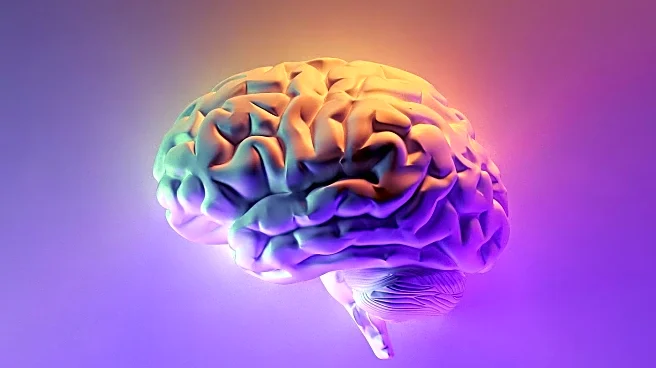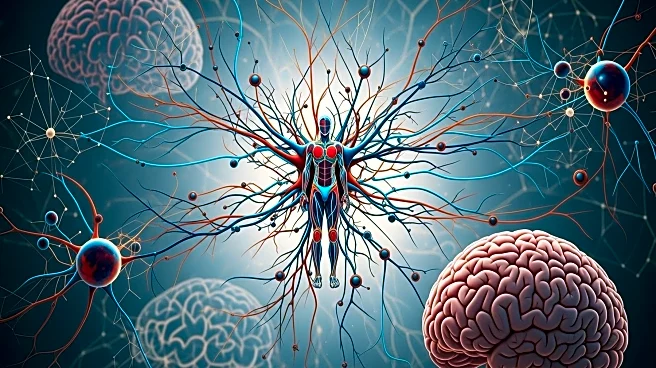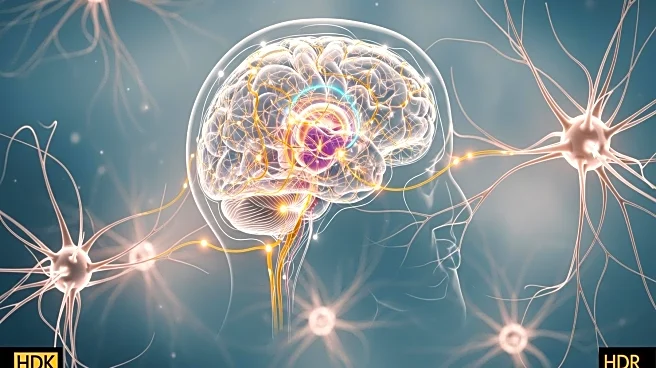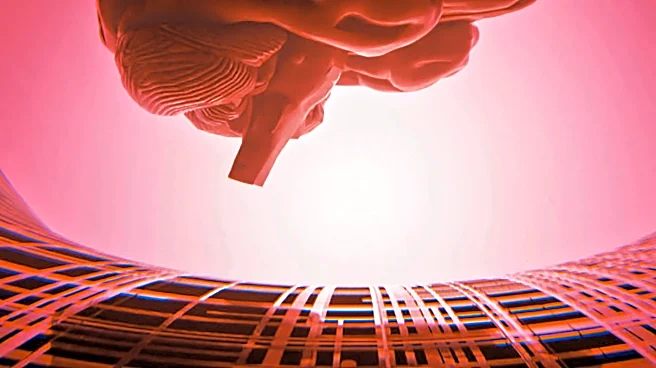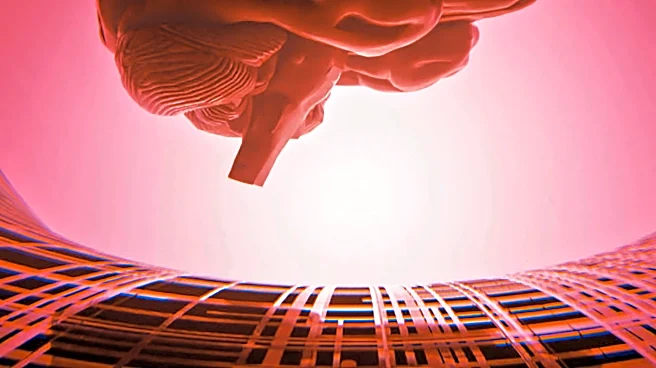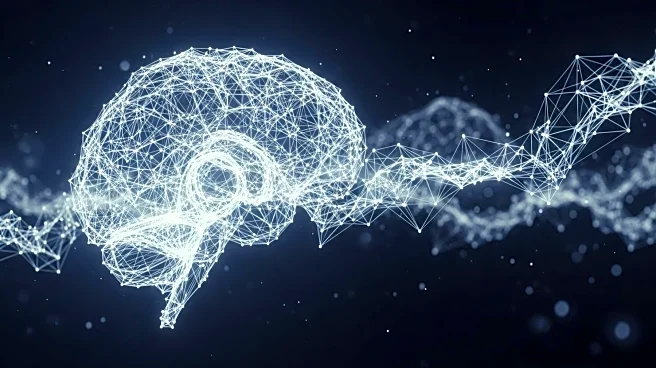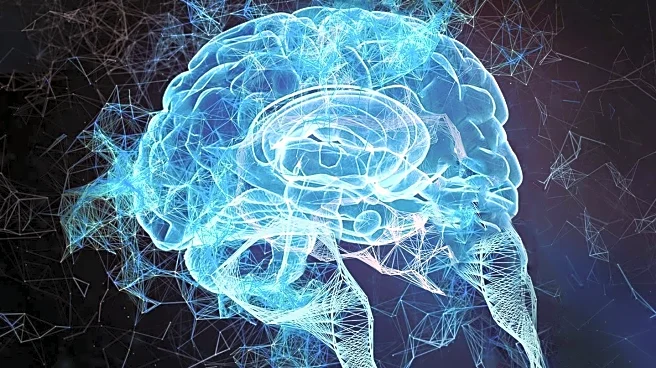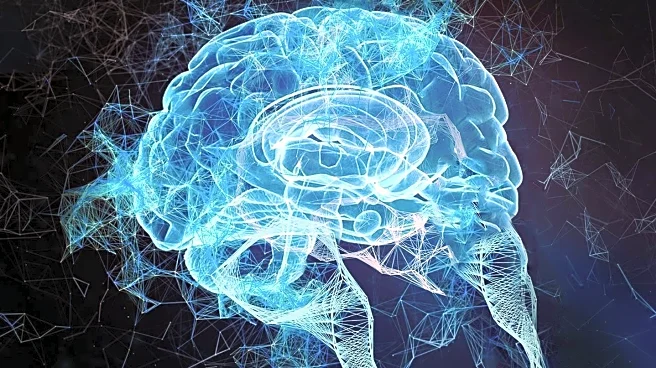What's Happening?
Recent research published in Nature Neuroscience challenges long-held beliefs about brain reorganization following limb amputation. Traditionally, it was thought that the brain's body map undergoes significant changes, with neighboring regions taking over the area of the missing limb. However, the study conducted by researchers from the University of Cambridge and the University of Pittsburgh found that the brain's body map remains stable even years after amputation. The study involved three patients undergoing arm amputations, with their brain activity mapped using functional MRI before and after surgery. Despite the physical absence of limbs, patients continued to experience phantom sensations, indicating that the brain's representation of the limb remains intact. This finding suggests that therapies aimed at reorganizing the brain's body map may be misguided, as the map is not broken.
Why It's Important?
The study's findings have significant implications for the development of prosthetic limbs and brain-computer interfaces. By demonstrating that the brain's body map remains stable, researchers can focus on leveraging this intact map to improve prosthetic technology. This could lead to more intuitive control and sensation in prosthetic limbs, enhancing the quality of life for amputees. Additionally, the research suggests that painful phantom sensations may be linked to nerve issues rather than brain map reorganization, guiding future surgical techniques to preserve nerve signaling. The stability of the brain's body map offers a promising avenue for developing advanced technologies that tap into the preserved neural representations, potentially revolutionizing how amputees interact with prosthetics.
What's Next?
Future developments in prosthetic technology and brain-computer interfaces may focus on utilizing the stable body map in the brain to enhance functionality and sensation. Researchers are exploring invasive brain-computer interfaces that can decode attempted movements and deliver electrical stimulation to the preserved map, allowing amputees to feel their missing limbs. These advancements could lead to more natural control of prosthetic limbs, offering amputees improved mobility and sensory experiences. Additionally, surgical techniques aimed at maintaining nerve connections could reduce phantom limb pain, providing a more comprehensive approach to post-amputation care.
Beyond the Headlines
The study highlights the resilience of the brain's body map, suggesting that the brain maintains a model of the body even when sensory input is lost. This resilience could be harnessed in future technologies, offering a resource for developing more effective prosthetic solutions. The findings also challenge existing therapeutic approaches, prompting a reevaluation of strategies used to address phantom limb pain. By focusing on nerve preservation and stable brain connections, researchers can develop more targeted interventions that address the root causes of discomfort rather than attempting to fix an unbroken brain map.
